As we look ahead to 2024, it’s essential to stay informed about the latest updates that can have a significant impact on our healthcare savings and benefits. Recently, the Internal Revenue Service (IRS) announced the contribution limits for Health Savings Accounts (HSAs), High Deductible Health Plans (HDHPs), and Excepted Benefit Health Reimbursement Arrangements (HRAs). In this blog post, we’ll delve into the details of these changes and explore what they mean for individuals and families.
Health Savings Accounts (HSAs): HSAs have become increasingly popular due to their tax advantages and flexibility. They allow individuals to save money for qualified medical expenses while enjoying tax benefits. Starting in 2024, the contribution limits for HSAs will be as follows:
- For individuals with self-only coverage: $4,150 per year.
- For individuals with family coverage: $8,300 per year.
These limits reflect an increase from the previous year and present an opportunity for individuals and families to contribute more towards their healthcare savings.
High Deductible Health Plans (HDHPs): HSAs are usually paired with HDHPs. HDHPs offer lower monthly premiums and higher deductibles, encouraging individuals to save and use their HSA funds for medical expenses. For 2024, the IRS has defined the minimum deductible and maximum out-of-pocket limits for HDHPs as:
- Minimum deductible for self-only coverage: $1,600.
- Minimum deductible for family coverage: $3,200.
- Maximum out-of-pocket expense limit for self-only coverage: $8,050.
- Maximum out-of-pocket expense limit for family coverage: $16,100.
These limits ensure that HDHPs maintain their qualified status while providing individuals and families with some flexibility in managing their healthcare costs.
Excepted Benefit Health Reimbursement Arrangements (HRAs): Excepted Benefit HRAs are a type of HRA that offer additional benefits beyond traditional health coverage. These HRAs are typically limited in scope and are not integrated with a comprehensive health plan. In 2024, the maximum annual contribution limit for Excepted Benefit HRAs will be $2,100.
It’s crucial to consult with your employer, benefits provider, or a qualified professional to understand how these changes may affect your specific situation. Stay proactive, make informed decisions, and maximize the benefits available to you. By effectively managing your healthcare savings and benefits, you can navigate the healthcare landscape more confidently and achieve greater financial well-being in the coming year.
Remember, these limits are subject to change, so it’s advisable to stay updated with any future announcements from the IRS or other relevant authorities.
Disclaimer: This blog post is for informational purposes only and should not be considered as financial, tax, or legal advice. Consult with a qualified professional for personalized guidance regarding your specific circumstances.




